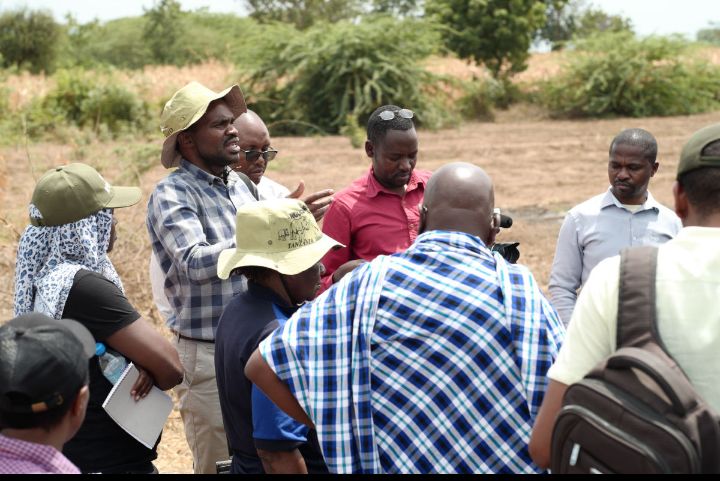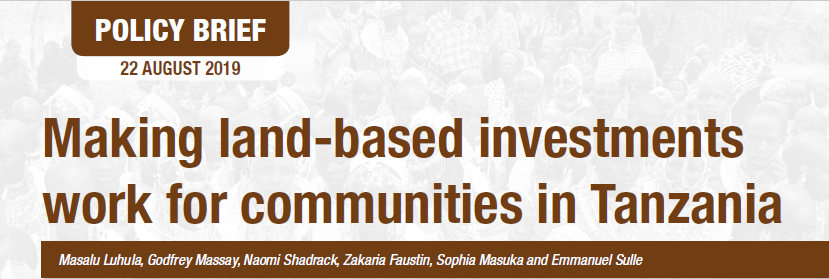COORDINATED INVASIVE PLANT MANAGEMENT TO PROTECT TANZANIAN BIODIVERSITY AND LIVELIHOODS.
discussion_about_invasive_species.jpg

Tanzania Natural Resources Forum (TNRF), Tanzania Forestry Research Institute (TAFORI), CABI, Tanzania Wildlife Authority (TAWA), and Community for Research and Development Services (CORDS) launched a new project on coordinated invasive plant management to protect Tanzanian biodiversity and livelihoods in Lake Natron.
The launching was done from 05th - 09th September 2022 followed by a series of events including a regional working group meeting that involved key consecration actors and ministries responsible and government agencies, a site visit to the similar areas that are most affected by Prosopis julifora, and meetings with local implementing group members from lake Natron and respective district authorities (Karatu, Monduli, Ngorongoro and Longido).
The project is funded by DARWIN Initiative jointly implemented by Tanzania Forestry Research Institute (TAFORI), Tanzania Natural Resources Forum (TNRF), Tanzania Wildlife Authority (TAWA), Community for Research and Development Services (CORDS), and CABI; The overall goal is to support efficient implementation of the National Invasive Species Strategy and Action Plan (NISSAP) through the learning of implementation in the Lake Natron Basin by equipping a group of stakeholders with the necessary awareness, knowledge, and tools to tackle Prosopis julifora. The project is seeking to:
- To establish a platform for facilitating coordination and collaboration of national and subnational stakeholders involved in IS management, specifically across boundaries of protected areas
- To raise awareness about invasive species and strengthen the capacity in managing Prosopis juliflora as an example
- To raise awareness of the need to mainstream invasive species management plans and activities into land use planning processes that transcend the boundaries of protected areas
- To showcase the development and planning of guidelines for an area to assign the most suitable management objectives to defined areas and describe the required actions to be implemented, including assigning strategies/aims and identification of practices to achieve those in a landscape. Showcasing examples of how Invasive Species (IS) management can be mainstreamed in local development plans
The regional working group and local implementing group members had an opportunity to field visits in Kahe - Moshi in the Kilimanjaro Region to understand the extent of the impacts of Prosopis julifora on biodiversity and livelihood. The learning in Kahe drew the foundation of the awareness of Prosopis julifora and the management plan and strategies to be carried out at Lake Natron to protect the spread of the species from neighboring areas including Lake Natron and the world heritage site. After site visits, participants noted key impacts on people and nature including the extent they dominate farming and grazing land, affects animal and human health, replacement of indigenous trees and pasture, and colonizing the area. Participants learned that in Kahe Moshi the species is very dangerous that can dominate an area within 6 months which will attract high costs ranging from 600,000-700,000 tzs to uproot them from one acre of farmland.
The project expects to further engage with potential members of the Regional Working Group (RWG) and Local Implementing Group (LIG), promoting communication and coordination, designing management maps, supporting village, district authorities, CBOs, NGOs, etc, in developing Prosopis julifora management plan and implement Prosopis management, awareness raising to manage the invasion and finally informing National Invasive Strategy and Action Plan (NISSAP) about the lessons learned.

